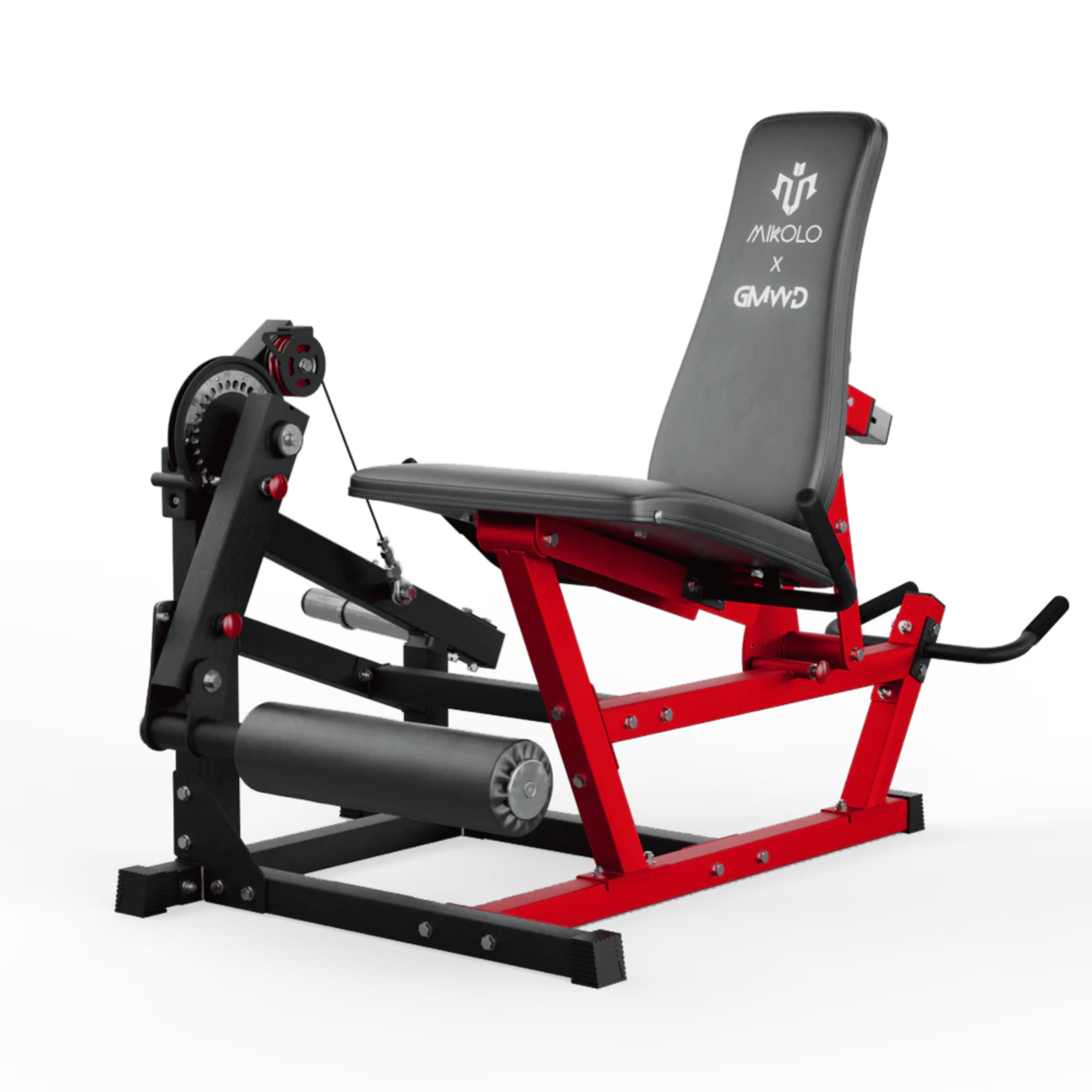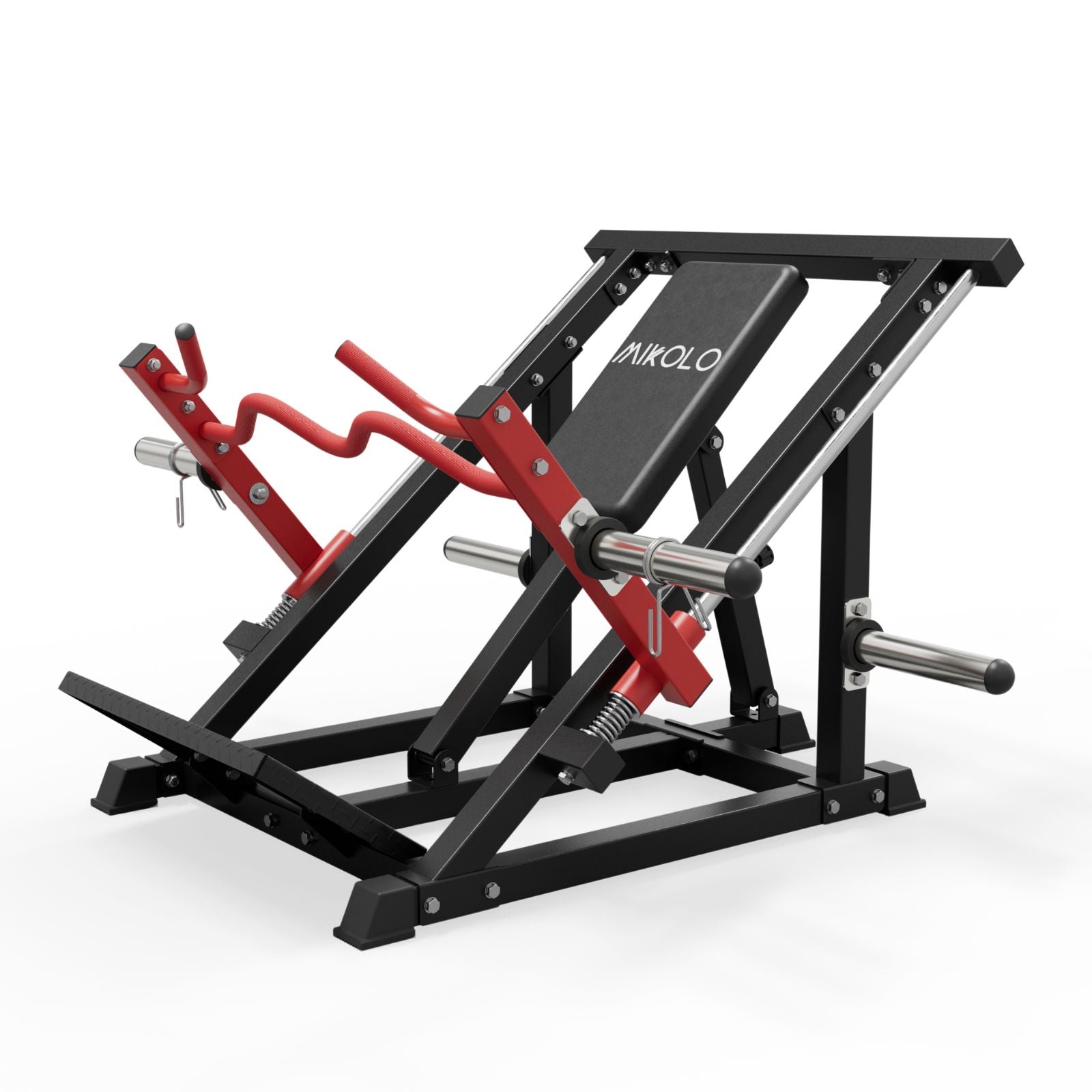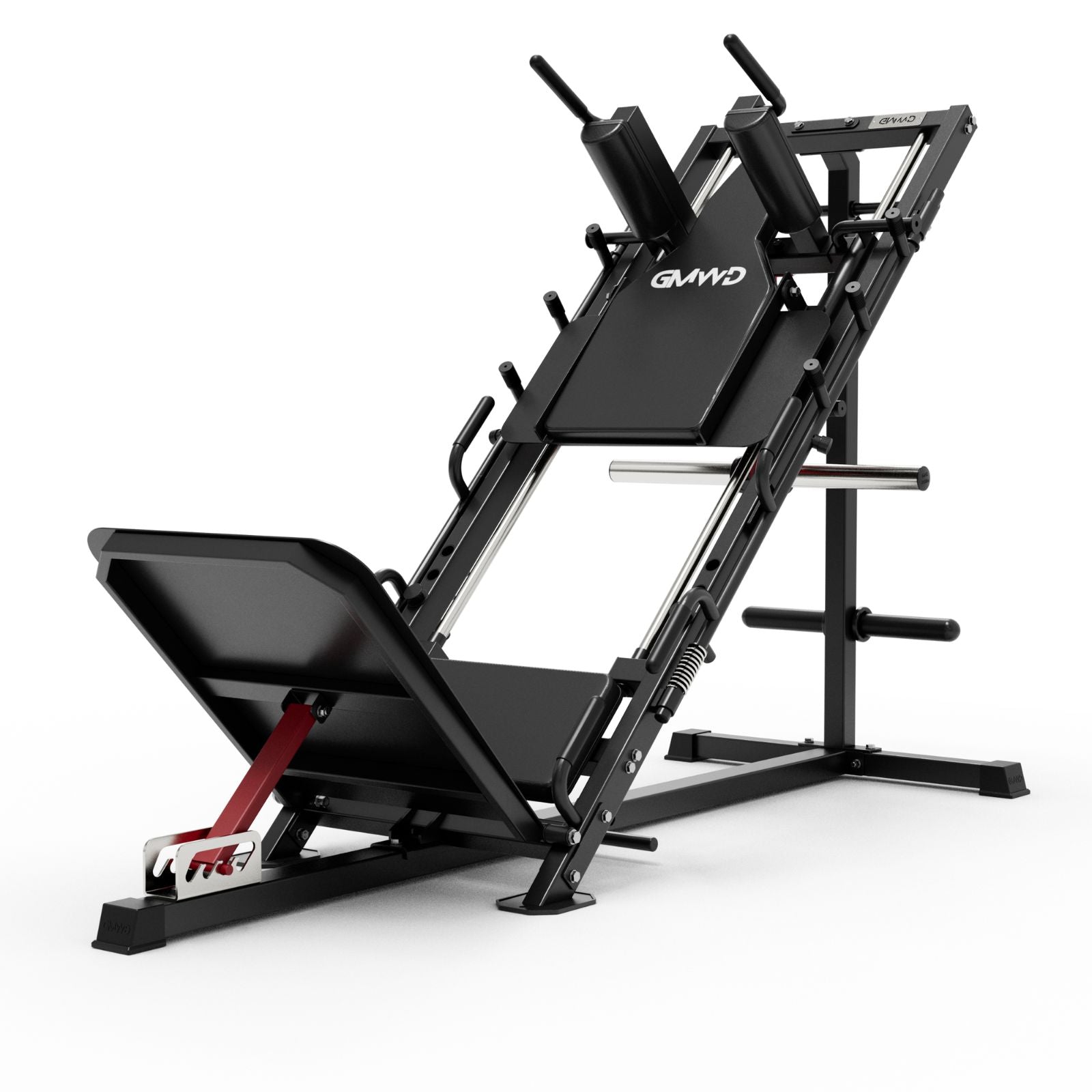Whether you’re working out at the gym or building strength at home, the pull-up bar is one of the most versatile, underrated tools in functional fitness. It's not just about pull-ups. With the right movements, you can train your entire upper body—and even engage your core and lower body—using just this simple piece of equipment.
Why Pull-Up Bar Workouts Are a Game-Changer
Pull-up bars allow you to use your bodyweight to build real-world strength, improve grip, and increase muscular endurance. Unlike machines that isolate muscles, exercises on a pull-up bar activate multiple muscle groups, making them ideal for anyone aiming for a leaner, stronger, more athletic physique.
If you’ve ever thought of pull-up bars as “just for pull-ups,” this guide will change your mind. From hanging leg raises to full-body flows, you can create an entire workout plan around this one tool.
Foundational Pull-Up Bar Exercises
Before diving into more advanced movements, start with these essential pull-up bar exercises:
-
Dead Hang: Improves grip and shoulder health. Hang from the bar with straight arms and active shoulders.
-
Pull-Up: A classic for back, biceps, and core. Start with overhand grip, shoulder-width apart.
-
Chin-Up: Uses an underhand grip and emphasizes biceps more than standard pull-ups.
-
Knee Raises & Leg Raises: Strengthen your lower abs while hanging.
-
Scapular Pull-Ups: Build shoulder stability and help you progress toward full pull-ups.
-
Toes-to-Bar: Advanced core movement that also improves coordination.
Full-Body Pull-Up Bar Workout Routine
A great pull-up bar workout targets more than just your back or arms. Here's a sample full-body routine:
-
Dead Hang – 3 sets, 30 seconds (grip + shoulder mobility)
-
Pull-Ups or Chin-Ups – 3 sets of 5-10 reps (upper body strength)
-
Hanging Knee Raises – 3 sets of 10-15 reps (core)
-
Leg Raises or Toes-to-Bar – 3 sets of 10 reps (core & hip flexors)
-
Australian Rows (using low bar or rings) – 3 sets of 10 (horizontal pulling)
-
Push-Ups (on the floor) – 3 sets of 15-20 (push movement to balance pull)
Want more challenge? Add resistance bands, ankle weights, or try explosive movements like muscle-ups or clap pull-ups.
Pull-Up Bar at Home: Compact and Effective
If you’ve installed a pull-up bar at home—over a door, on a wall mount, or as part of a pull-up station—you’ve unlocked an entire gym’s worth of training. Home pull-up bar exercises let you build consistency without relying on gym access. Some of my best gains happened during months when I trained solely on a doorway bar.
What made the difference wasn’t equipment—it was consistency, creativity, and progressive overload. I used a pull-up bar and a resistance band. That’s it. I couldn’t do a full pull-up at first, but after 8 weeks of band-assisted pull-ups and daily hangs, I hit my first unassisted rep. The momentum from that carried into chin-ups, L-sits, and even weighted sets.
Sample Pull-Up Bar Workout Plan (Weekly)
Day 1 – Upper Body Pull Focus
-
Pull-Ups – 4x5
-
Chin-Ups – 3x8
-
Scap Pull-Ups – 3x10
-
Hanging Knee Raises – 3x12
Day 2 – Core & Mobility
-
Hanging Leg Raises – 4x12
-
Windshield Wipers – 3x10 each side
-
Dead Hangs – 3x30 seconds
-
Plank Hold – 3x1 minute
Day 3 – Full Body Challenge
-
Circuit (3 rounds):
-
Pull-Ups x10
-
Push-Ups x20
-
Hanging Leg Raises x12
-
Jump Squats x15
-
Dead Hang x30 sec
-
Tips for Success with Pull-Up Bar Training
-
Start slow: If you can’t do a pull-up yet, use resistance bands or negative reps (jump up, lower slowly).
-
Work on grip strength: It’s often the first thing that gives out. Farmers carries and dead hangs help.
-
Use variety: Mixing chin-ups, wide-grip, and neutral-grip pull-ups keeps progress steady.
-
Stretch after workouts: Pull-up bar training tightens lats and shoulders—counteract that with mobility work.
Final Thoughts
The pull-up bar isn’t just a piece of metal—it’s a gateway to serious strength. Whether you're after muscle definition, functional fitness, or a no-excuses home workout routine, the pull-up bar delivers. Commit to it, stay consistent, and your body will reward you with results that go beyond aesthetics.
You don’t need a gym full of machines. Sometimes, the most powerful results come from hanging from a bar and simply doing the work.










































Leave a comment
This site is protected by hCaptcha and the hCaptcha Privacy Policy and Terms of Service apply.